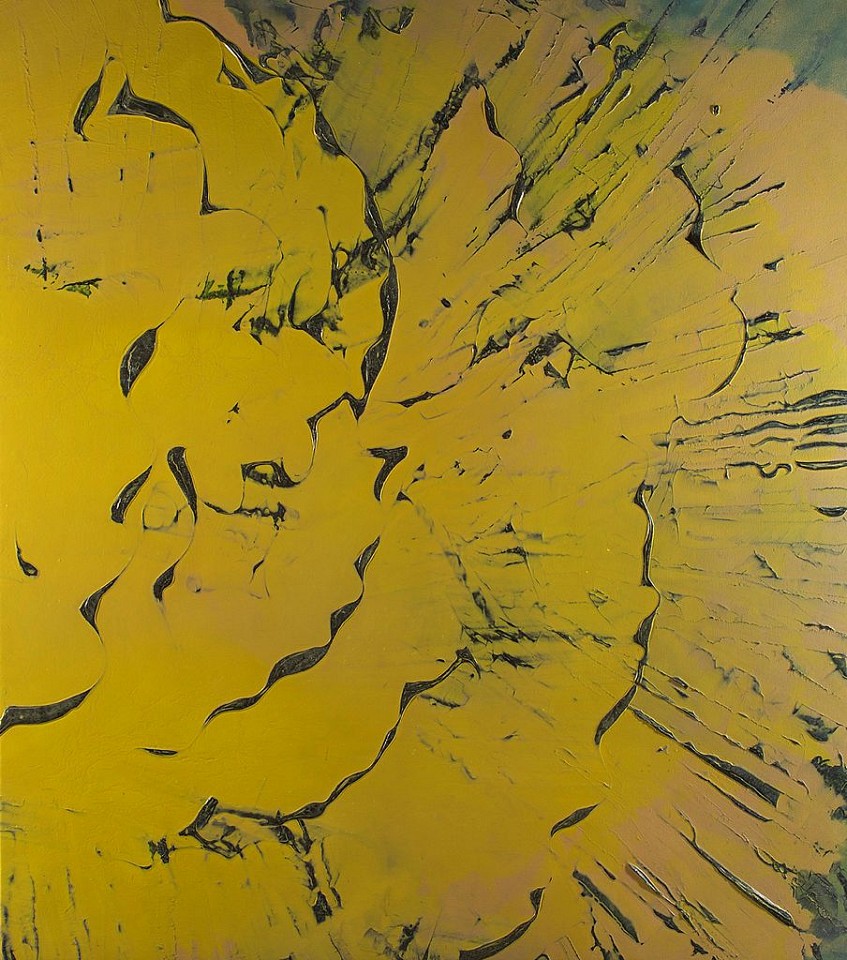Artist's Choice: Interconnected


Walter Darby Bannard, Cloud Comb, 1981
Acrylic on canvas, 74 1/2 x 66 in.
James Walsh on Walter Darby Bannard:
Darby Bannard's Cloud Comb, 1981 was painted at the culmination of a ten-year run of works in which he was combining a surface contrast of thickened acrylic gel drawing and poured liquid acrylic. Cloud Comb was cropped out of a large sheet of canvas roughly ten by twenty feet that was affixed to a dead level horizontal painting dock. Several other paintings were cropped out of the same sheet and stretched. The billowing vector of Cloud Comb's drawing presage the next phase of Bannard's 'scallop' paintings. I remember seeing Cloud Comb in Darby's May 1981 show — just about forty years ago to the day — it was a knockout then and gets better every time I've been able to see it. There is a 'bannardesque' dynamic between the implied expansiveness of the drawing and the cool and full resonance of the painting. This is a 'power' painting — you just want to keep looking at it.
James Walsh (b. 1954)
Jim's style is something more like an anti-style. A Walsh is recognizable by its dramatic paint effects, usually with one or two veritable tidal waves of acrylic paint on an otherwise placid ocean of color. But formal commonalities end there. The only rule in play is continual reinvention from work to work. This means that color can vary widely, from acidic primaries to foggy neutrals. The applications range from gigantic brushwork to fluid pours. Surface effects include deliberate application of flat color next to mysterious laminations formed by transparent acrylic bases flecked with liquid paint.
It's a truism that reproduction doesn't do justice to good painting, but it's especially apt in Jim's case, as his canvases sometimes have crests of paint several inches thick adorning areas that have been stained, glazed, or scraped down to the cotton. Though hung on the wall and meant to be viewed from the front, many of them have a depth of six or eight inches. Crucial, though, is that Jim is employing the entire depth. Read Full Biography


